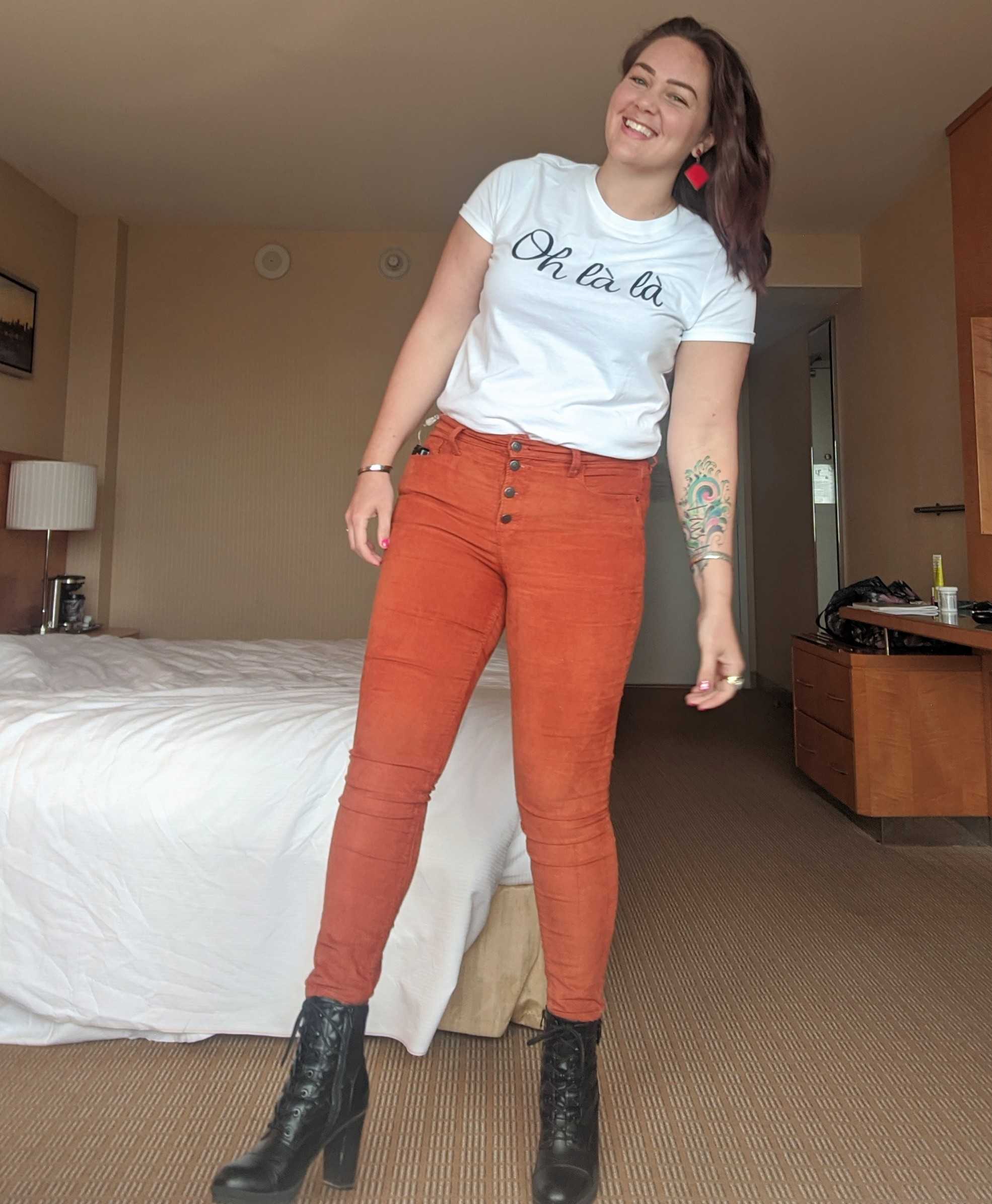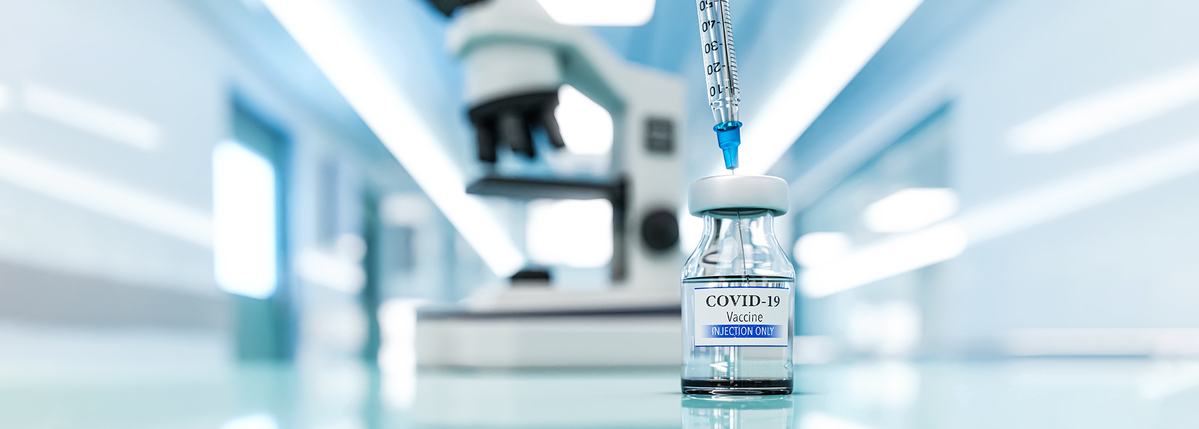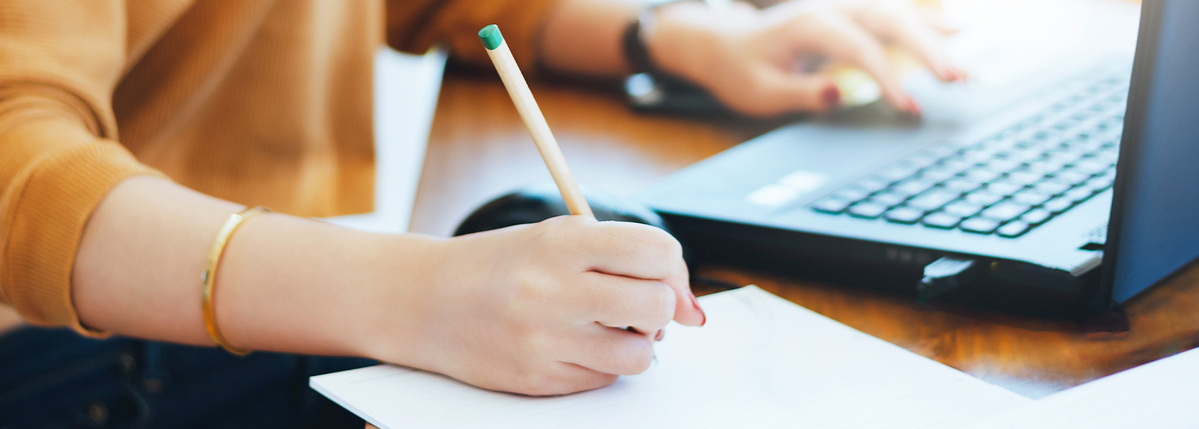A Lifetime of Sleeping With Diabetes Tech
Written by: Lala Jackson
3 minute read
March 9, 2020
This content was made possible with support from Medtronic Diabetes, an active partner of Beyond Type 1 at the time of publication.
New perspective
I’ve been wearing a tubed insulin pump since December 10, 1998. This was the date I finally succeeded after pestering my endocrinology team to let me get on an insulin pump because I vehemently despised shots. I was 11 years old and over the previous year, armed with my mom’s work laptop in the evenings, I had found every possible article on insulin pumps I could and kept forwarding them to the generic info box email provided by my doctor’s office. They had not yet started any other child on an insulin pump, but I was not about to let precedence stop me.
On that December day, it was a triumph to no longer have to inject myself twice a day, endure the insulin stinging or the strict schedule around my doses. But new quirks arose from becoming bionic overnight and all of a sudden having a device attached to me 24/7. There was just a small amount of adhesive responsible for keeping the tubing and a mini-computer attached to my active pre-teen self.
Then came the odd situation of having technology with me no matter what, forever. On one particular occasion in college, I attended an overnight retreat where we were supposed to be screen-free, completely unplugged and in the moment. Unplugged isn’t quite an option when your life depends on being plugged in. And in-the-moment becomes a bit harder to do with an insulin pump beeping at you every few hours, a bright screen all of a sudden illuminating your face around a lazy campfire.

Sleeping alongside my insulin pump has been a source of frustration and sometimes entertainment over the course of the years as well. The vast majority of the time, I slip my pump under my pillow or just place it on the bed next to me and have no issues.
But on any given night, each of the following can also happen:
- I wake up with insulin pump tubing completely wrapped around my midsection/arm/neck.
- One of my devices is low on batteries and keeps alarming every hour or so, but because my life isn’t on the line I only wake up enough to be annoyed by the alarm, not enough to fix it so I can actually get some uninterrupted sleep.
- With no way to turn the screen brightness down, I wake up to attend to something with my insulin pump, but am now fully alert at 2 a.m. because my brain thinks I just stared directly into the sun.
- I try to get up out of bed only to be painfully pulled back because my insulin pump has somehow fallen through the crack between by bed and the headboard and does not want to move.
- And the absolute most common (don’t tell my pump’s tech support team): I get up out of bed only for my tubed insulin pump to come swinging after me, slamming into the floor/door/wall/bedside table, because I completely forgot I was wearing it. This is why having your pump covered in a case is helpful!
Overall, sleeping with diabetes technology like insulin pumps and continuous glucose monitor (CGM) isn’t difficult. For the most part, I forget I have them (hence, the pump swinging after me as I get out of bed). But having these extra parts attached certainly make for unique life experiences.
Over the years, I’ve learned a couple tips and tricks to make it easier:
- I purposely buy infusion sets with the longest possible tubing so I have plenty of leeway to move. If you tend to shift around in your sleep, this may be a good option for you. Another option is to put your insulin pump in a pajama pocket, but fair warning—it’s likely to fall out at some point during the night.
- Through trial and error, I’ve learned that sleeping on pump or CGM sites isn’t super comfortable and can sometimes lead to alarms when your device gets confused or your insulin pump isn’t able to deliver insulin correctly from the pressure. Pay attention to what side you tend to sleep on, or where you tend to put pressure when you’re laying down and adjust your sites accordingly.
- The biggest trick though? Quick hands can keep your insulin pump from slamming into things too hard when you fly out of bed. Because this is just a thing that’s going to happen.
My time with an insulin pump just hit its 21st year; it now feels weirder to be without it in the rare logistical occasion I need to go back on shots for a few days. It has saved me from the shots that I hated, the strictness that my shot schedule dictated, and the blood sugar rollercoasters I couldn’t manage to wrangle with multiple daily injections (MDI).
Check out another story about sleep + relationships – Love + Lost Sleep.

Author
Lala Jackson
Lala is a communications strategist who has lived with type 1 diabetes since 1997. She worked across med-tech, business incubation, library tech and wellness before landing in the type 1 diabetes (T1D) non-profit space in 2016. A bit of a nomad, she grew up primarily bouncing between Hawaii and Washington state and graduated from the University of Miami. You can usually find her reading, preferably on a beach.
Related Resources

Editor’s Note: We have a simple goal: tap into the power of the global diabetes...
Read more

Editor’s Note: We have a simple goal: tap into the power of the global diabetes...
Read more

Editor’s Note: People who take insulin require consistently affordable and predictable sources of insulin at...
Read more

